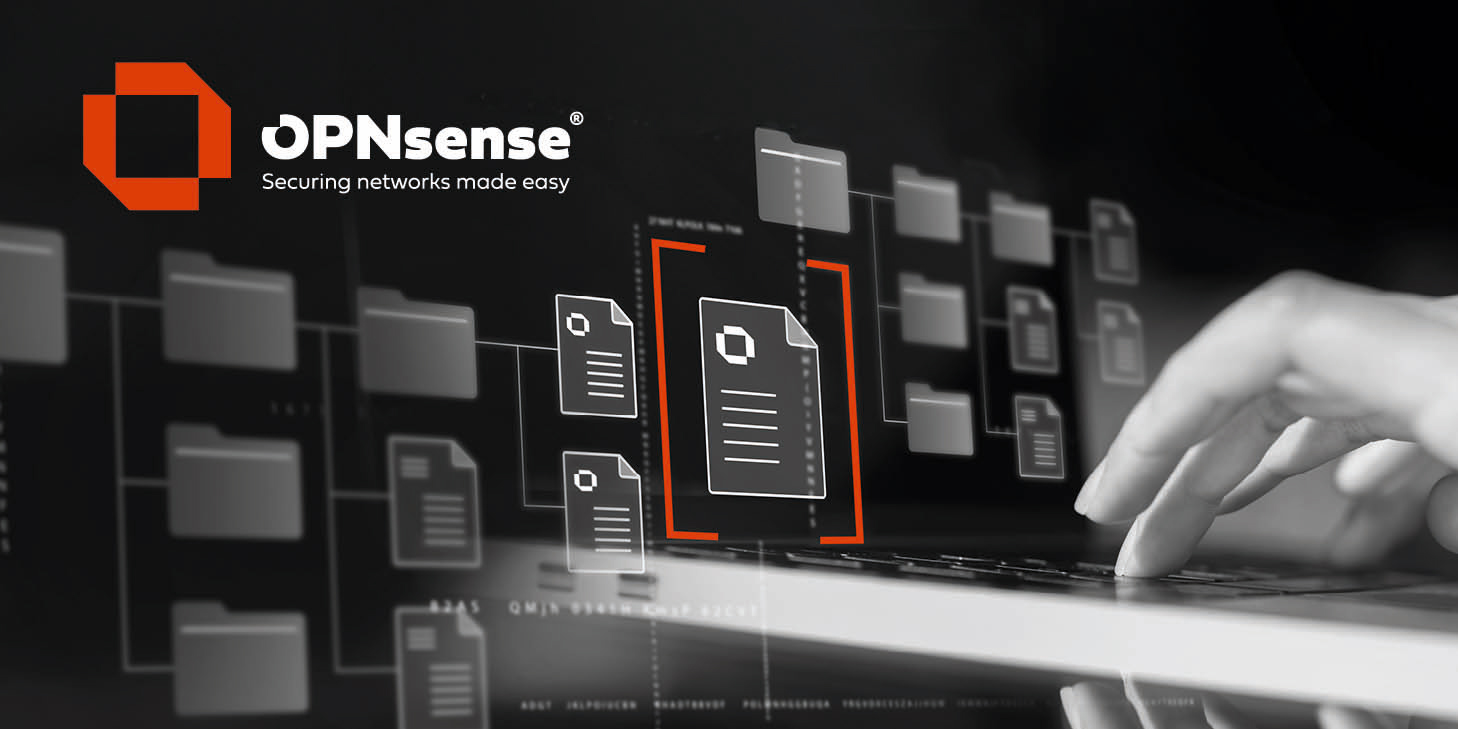I probably should just step away as I'm not sure I am being helpful but a few comments.
First, I still do not see an actual problem you want solved, other than saying Home Assistant stops responding. I don't know kuma, but I assume it's doing some kind of web oriented monitoring (as opposed to pings?), but my first suggestion is get down lower and figure out what exactly is not responding -- does it ping steadily for example, and just the web is not responding? If you have it functionally doing something, let's say you set up a script to turn a light on and off every 3 seconds, does that keep working? Is the issue that HA is not keeping up, and is hanging -- or just that its user interface is hanging.
And I still don't see why any of this is related to a router if you have only a WAN and LAN. I presume you have NOTHING on the WAN side other than the ISP gear, so with EVERYTHING else on the LAN side the firewall should not be involved.
If you have a LAN and a WAN and that's it, all that other stuff (IGMP proxy, mDNS repeater, UPnP (a security issue)... all these sound like nonsense, as if you have just one subnet (a LAN) and not multiple VLAN's (other subnets) there should be no need for any of this stuff. UPnP is when you want to allow someone or some thing OUTSIDE your lan to reach in through your firewall and touch something inside. Is that where some of your problem lies?
The SSDP packets... not sure, that's a public address, so why it would be appearing on a LAN interface is puzzling, assuming that is even what that means.
Maybe someone else can make sense of this. I am sorry I have not been able to help more, but my advice is get someone to review the whole configuration, as the bits and pieces that are coming through make no sense.
First, I still do not see an actual problem you want solved, other than saying Home Assistant stops responding. I don't know kuma, but I assume it's doing some kind of web oriented monitoring (as opposed to pings?), but my first suggestion is get down lower and figure out what exactly is not responding -- does it ping steadily for example, and just the web is not responding? If you have it functionally doing something, let's say you set up a script to turn a light on and off every 3 seconds, does that keep working? Is the issue that HA is not keeping up, and is hanging -- or just that its user interface is hanging.
And I still don't see why any of this is related to a router if you have only a WAN and LAN. I presume you have NOTHING on the WAN side other than the ISP gear, so with EVERYTHING else on the LAN side the firewall should not be involved.
If you have a LAN and a WAN and that's it, all that other stuff (IGMP proxy, mDNS repeater, UPnP (a security issue)... all these sound like nonsense, as if you have just one subnet (a LAN) and not multiple VLAN's (other subnets) there should be no need for any of this stuff. UPnP is when you want to allow someone or some thing OUTSIDE your lan to reach in through your firewall and touch something inside. Is that where some of your problem lies?
The SSDP packets... not sure, that's a public address, so why it would be appearing on a LAN interface is puzzling, assuming that is even what that means.
Maybe someone else can make sense of this. I am sorry I have not been able to help more, but my advice is get someone to review the whole configuration, as the bits and pieces that are coming through make no sense.

 "
"

